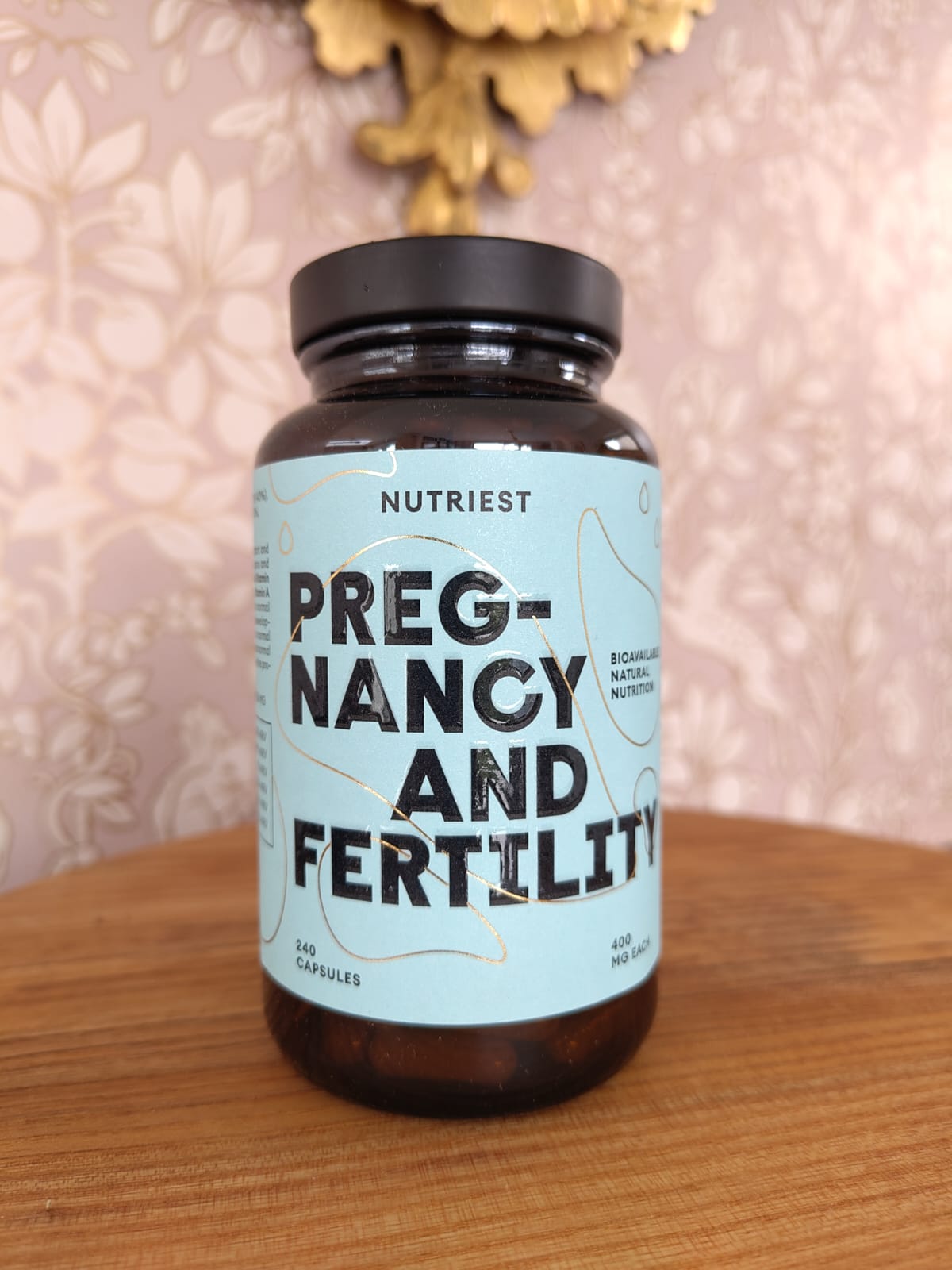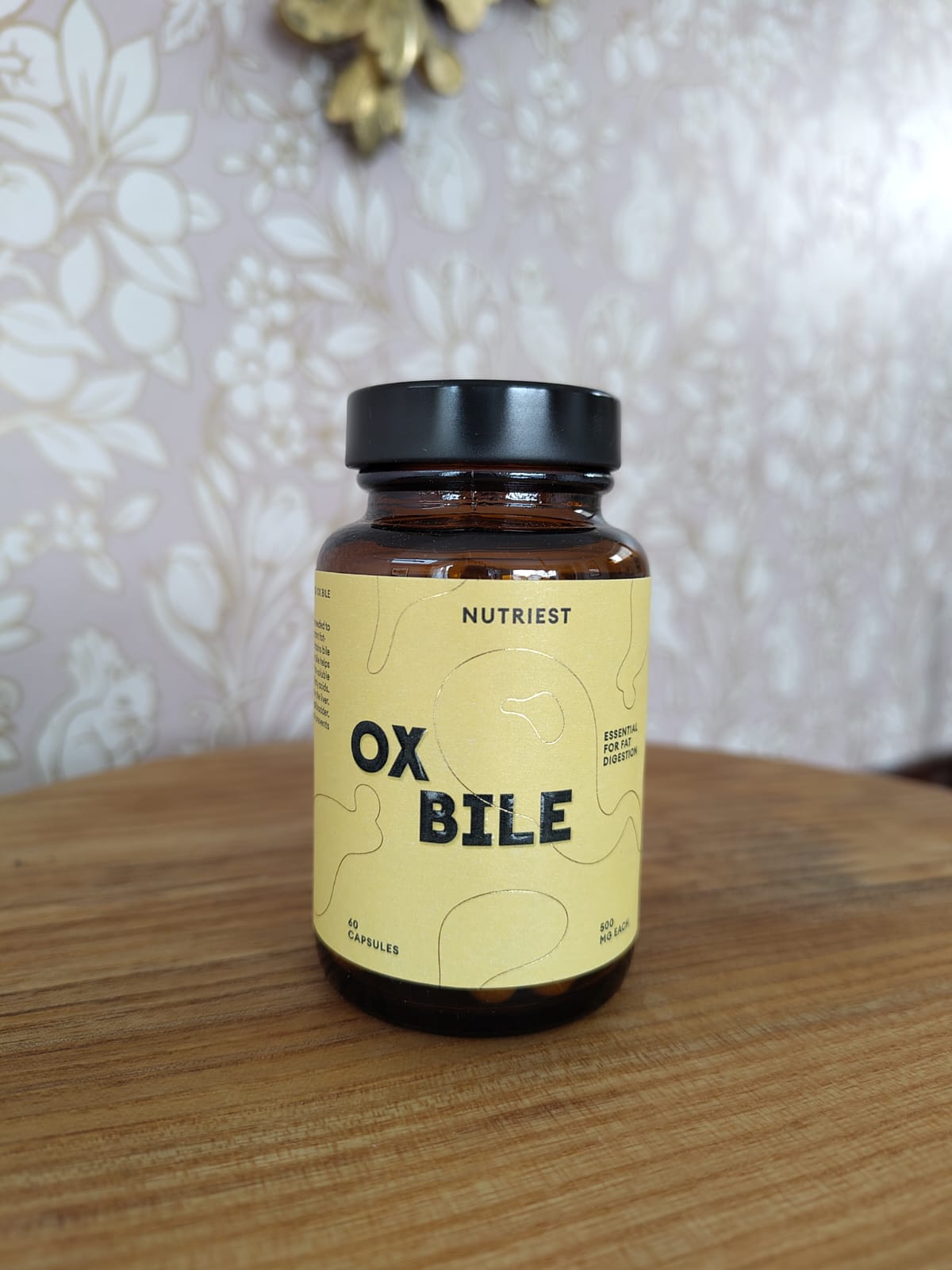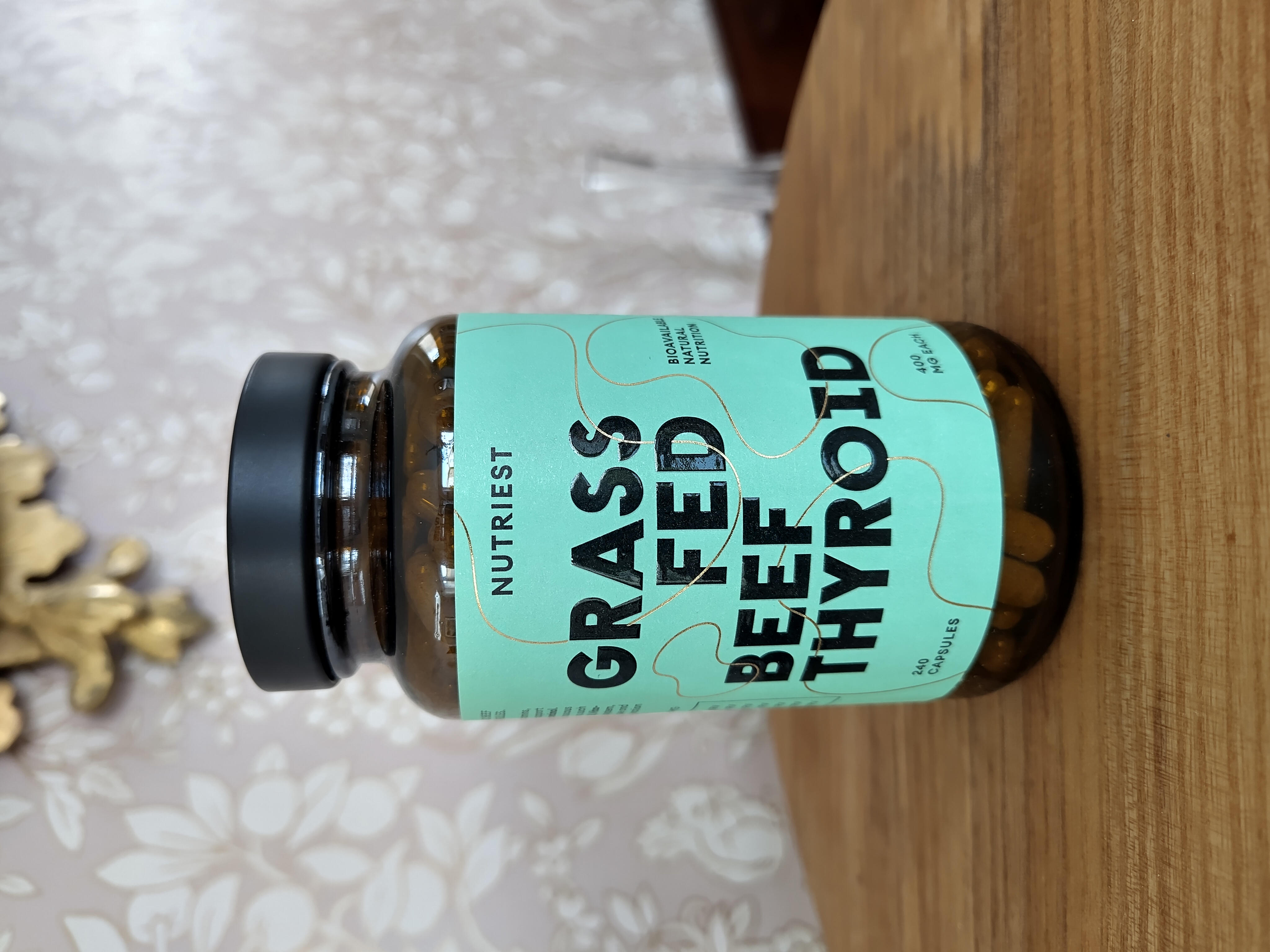Milk has had its fair share of controversy in recent years. It is something that most people find hard to do without, causes unpleasant reactions in large portions of the population and is constantly having components taken away and added to in an effort to make it more palatable, nutritious or digestible (depending on the marketing campaign).
Many people raised in rural areas were fortunate enough to drink raw milk growing up (including my dad). Unfortunately fears (mostly unfounded) about pathogenic bacteria have resulted in most milk being pasteurised, in some counrtries it is even illegal to sell it raw. Most of the milk we drink is from cows, so that is the kind I am referring to here. However milk from goats and sheep is also an option for those who may not like or have access to cows milk.
The dilemma many people face in relation to whether or not milk is actually good for them. In the Old Testament the phrase “milk and honey” is used 21 times in referring to the good land God had promised His people. It is associated with abundance and plenty as well as being an essential food for infants and young children.
As with all foods, QUALITY is the key. Small dairy farmers, who actually care about their cattle, let them graze on green grass (or feed them hay in winter) and don’t over milk them will have cows that are healthy and happy. This in turn produces great quality milk and milk by-products. Dairy farmers in most developed nations are rigorously inspected, especially those producing raw milk and their milk is continually found to be pathogen free.
In fact, in studies done on raw and pasteurised milk where the milk was inoculated with pathogenic bacteria, the “good” bacteria naturally present in raw milk were able to overcome and neutralise the “bad” bugs. This cannot happen with pasteurised milk as the bacteria have been destroyed.
Vitamins & Minerals
Milk contains all the fat soluble vitamins A, D, E & K, as well as the water soluble B’s and small amounts of vitamin C.
All the major minerals are found in milk including, calcium, magnesium, iron, zinc and potassium.
One of the enzymes destroyed by pasteurisation is phosphatase which helps our bodies effectively utilise calcium. Studies have shown people who drink raw milk rather than pasteurised are much less likely to succumb to osteoporosis. Also as calcium needs vitamin D to maximise its uptake into our bones drinking full fat raw milk is an excellent and tasty way to keep your bones healthy all through life!
These vitamins and minerals are all very bio-available, meaning our bodies can assimilate them with very little effort. It is one of the advantages of eating animal products, they have kindly done the hard work for us…
Modern Methods Of Producing Milk
The industrialisation of agriculture always results in a lower quality product. In dairy farming the cow suffers, she is milked more often than is beneficial, fed more grains (which she cannot digest, including GM soya) with less time (if any) out on the grass, will need more antibiotics and other medications, and live a much shorter life than cows on smaller, less intense farms. The quality of the milk is compromised resulting in the need for pasteurisation. The process of pasteurisation (heating milk to 72C), doesn’t actually kill the bacteria however. Rather, it causes them to explode and release their spores into the milk. While they are unable to cause infections etc, it is very possible that these spores are contributing to dairy intolerances which are so widespread today.
A further processing of commercial milk is the process of homogenisation; this causes the fat particles to break down so they no longer separate from the rest of the milk. The lifespan of the milk is increased and cream will no longer form on the top. There are no health benefits to this; on the contrary it is thought that this process results in more altered fat molecules settling in arteries, causing them to become clogged.




